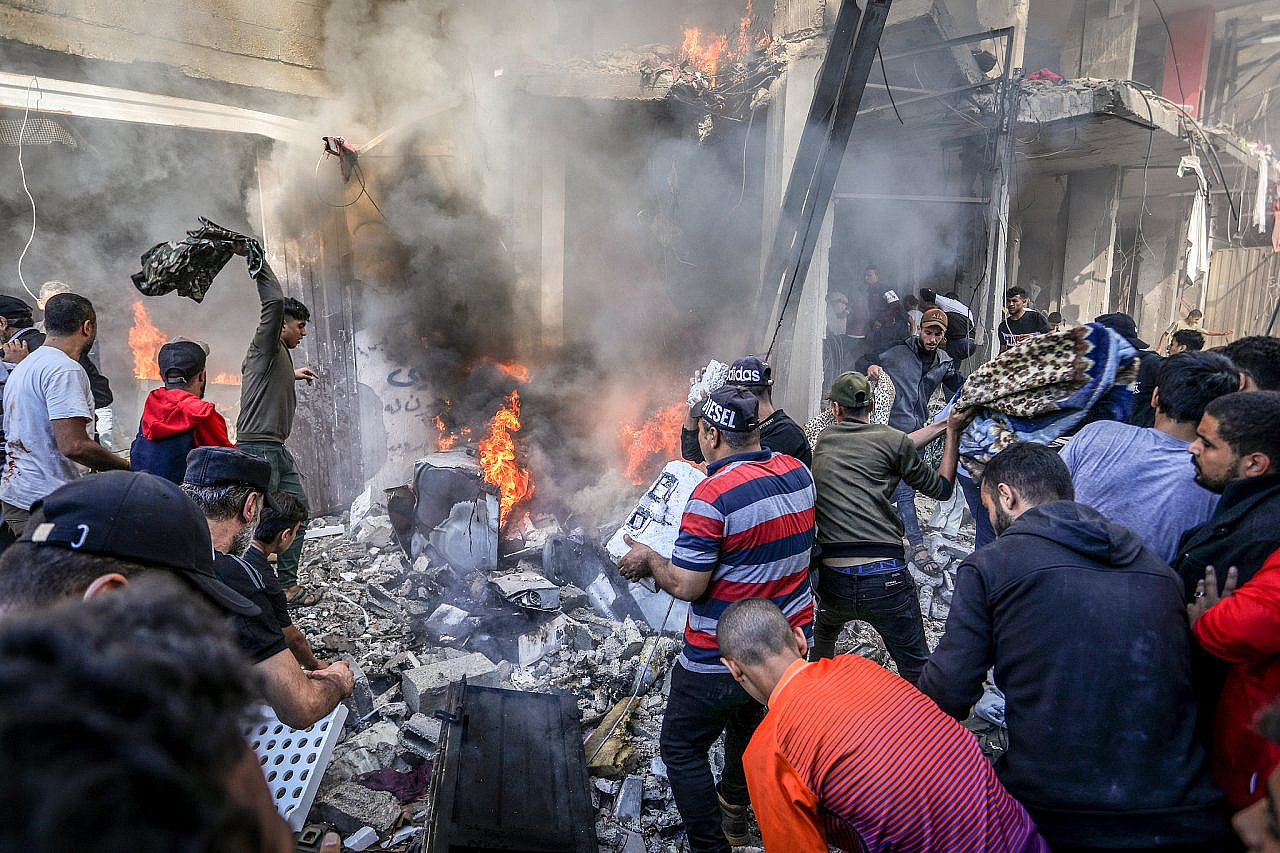 The U.S. military often portrays its drone aircraft as high-tech marvels that can be operated seamlessly from thousands of miles away. But Pentagon accident reports reveal that the pilotless aircraft suffer from frequent system failures, computer glitches and human error.
The U.S. military often portrays its drone aircraft as high-tech marvels that can be operated seamlessly from thousands of miles away. But Pentagon accident reports reveal that the pilotless aircraft suffer from frequent system failures, computer glitches and human error.
Design and system problems were never fully addressed in the haste to push the fragile plane into combat over Afghanistan shortly after the Sept. 11 attacks more than eight years ago. Air Force investigators continue to cite pilot mistakes, coordination snafus, software failures, outdated technology and inadequate flight manuals.
Thirty-eight Predator and Reaper drones have crashed during combat missions in Afghanistan and Iraq, and nine more during training on bases in the U.S. — with each crash costing between $3.7 million and $5 million. Altogether, the Air Force says there have been 79 drone accidents costing at least $1 million each.
Accident rates are dropping, but the raw numbers of mishaps are increasing as use of the aircraft skyrockets, according to Air Force safety experts.
But no lives are lost, and for some experts that's the most important point: For them, drones are the vanguard of a new type of remote warfare that minimizes the risk to U.S. personnel. The number of crashes, however, illustrates how quickly the unmanned aircraft have become an essential part of U.S. combat operations. At least 38 drones are in flight over Afghanistan and Iraq at any given time.





 The United States will mark the 84th anniversary of the Japanese attack on the U.S. naval...
The United States will mark the 84th anniversary of the Japanese attack on the U.S. naval... In 2021, a book titled “The Human-Machine Team: How to Create Synergy Between Human and Artificial...
In 2021, a book titled “The Human-Machine Team: How to Create Synergy Between Human and Artificial...:focal(1285x1016:1286x1017)/https://tf-cmsv2-smithsonianmag-media.s3.amazonaws.com/filer_public/d1/4e/d14ed238-3b62-4506-9f53-fc2178dade60/nov2025_d17_prologue.jpg) In the fall of 1945, a bit more than six years after Nazi Germany invaded Poland...
In the fall of 1945, a bit more than six years after Nazi Germany invaded Poland... The last plane carrying U.S. forces left Afghanistan on Monday, meeting an Aug. 31 deadline to withdraw...
The last plane carrying U.S. forces left Afghanistan on Monday, meeting an Aug. 31 deadline to withdraw...






























